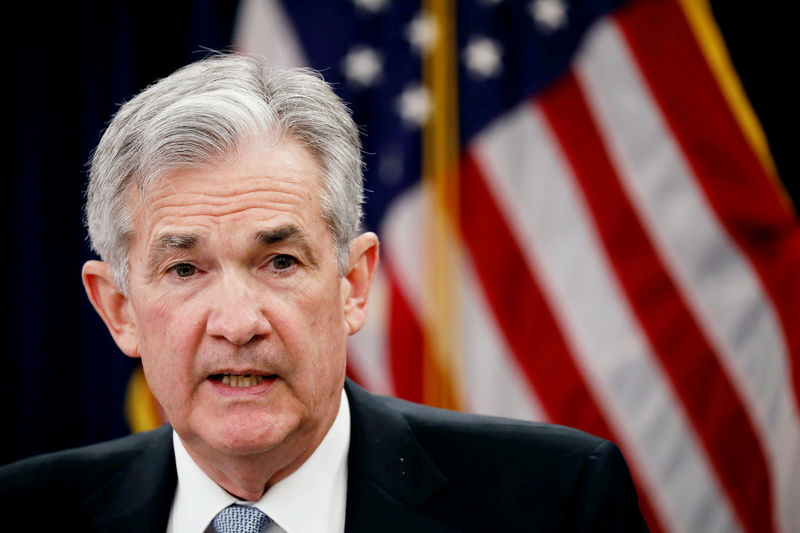Oil Tumbles in Belated Nod to Fed, “China’s Pivot” on COVID
2022.11.03 15:45
[ad_1]

© Reuters.
By Barani Krishnan
Investing.com — “Better late than never” is what the oil bears will say — though the bulls will disagree.
Crude prices tumbled Thursday in a belated reaction to the Federal Reserve’s higher for longer vow on rates, as both New York-traded West Texas Intermediate and London’s Brent erased the previous session’s gains made over sharp U.S. inventory draws that ignored the central bank’s actions.
China’s pivot on COVID — even if the Fed did not have one on rates — also did crude prices in. Beijing was back to playing up its zero-COVID policy on Thursday, a day after speculation that the largest oil importer might relax social curbs to join the rest of the world, which has moved on from the two-year-long pandemic.
settled its latest session down $1.83, or 2%, at $88.17 per barrel. In Wednesday’s trading, the U.S. crude benchmark finished up 1.8%, after breaching $90 the first time in three weeks with an intraday high of $90.36.
settled Thursday’s trade down $1.49, or 1.5%, at $94.67. The global crude benchmark rose 1.8% in the previous session after a three-week peak at $96.42.
“China stands by its zero-COVID policy and global central bank tightening is crushing economic activity…which means the short-term crude demand outlook will probably get slashed,” observed Ed Moya, analyst at online trading platform OANDA.
Fed Chair Jerome Powell says he’s not sure about a soft landing or recession for the U.S. economy as the nation weathers its worst in four decades. He’s certain about one thing though — that it’s premature to pause on the central bank’s aggressive rate hike regime.
The Fed on Wednesday by 75 basis points for a fourth straight time in November. The sixth rate hike of the year effectively brought rates to a peak of 400 basis points from just 25 in March.
The central bank said rates had to be “sufficiently restrictive” to bring inflation down to its 2% objective over the medium term. Inflation, as measured by the Consumer Price Index, is about four times higher than the Fed’s target now — standing at 8.2% during the year to September, after a 40-year peak of 9.1% in the 12 months to June.
The Fed’s hawkish talk also drove the dollar up in Thursday’s trade, adding to the weight on dollar-denominated commodities such as crude. The , which pits the greenback against the euro, yen, pound, Canadian dollar, Swedish krona and Swiss franc, hit a three-week high of 113.035.
Bond yields, benchmarked to the , also hit a three-week peak of 4.216.
Investors, economists and business leaders have warned for some time that the Fed’s aggressive rate hikes could land the world’s largest economy in a recession — just 2.5 years after the last slowdown that broke out with the coronavirus pandemic in mid-2020.
The U.S. economy did sputter in the first two quarters of the year, with back-to-back negative growths of 1.6% and 0.6% in Gross Domestic Product that technically placed the nation in a recession. , however, came in at a resilient 2.6%, raising questions of whether another slowdown was likely or a soft landing was possible instead.
Aside from the Fed, the also raised rates by 75 basis points this week, its most in 33 years, adding to the specter of a global economic slowdown.
[ad_2]
Source link








